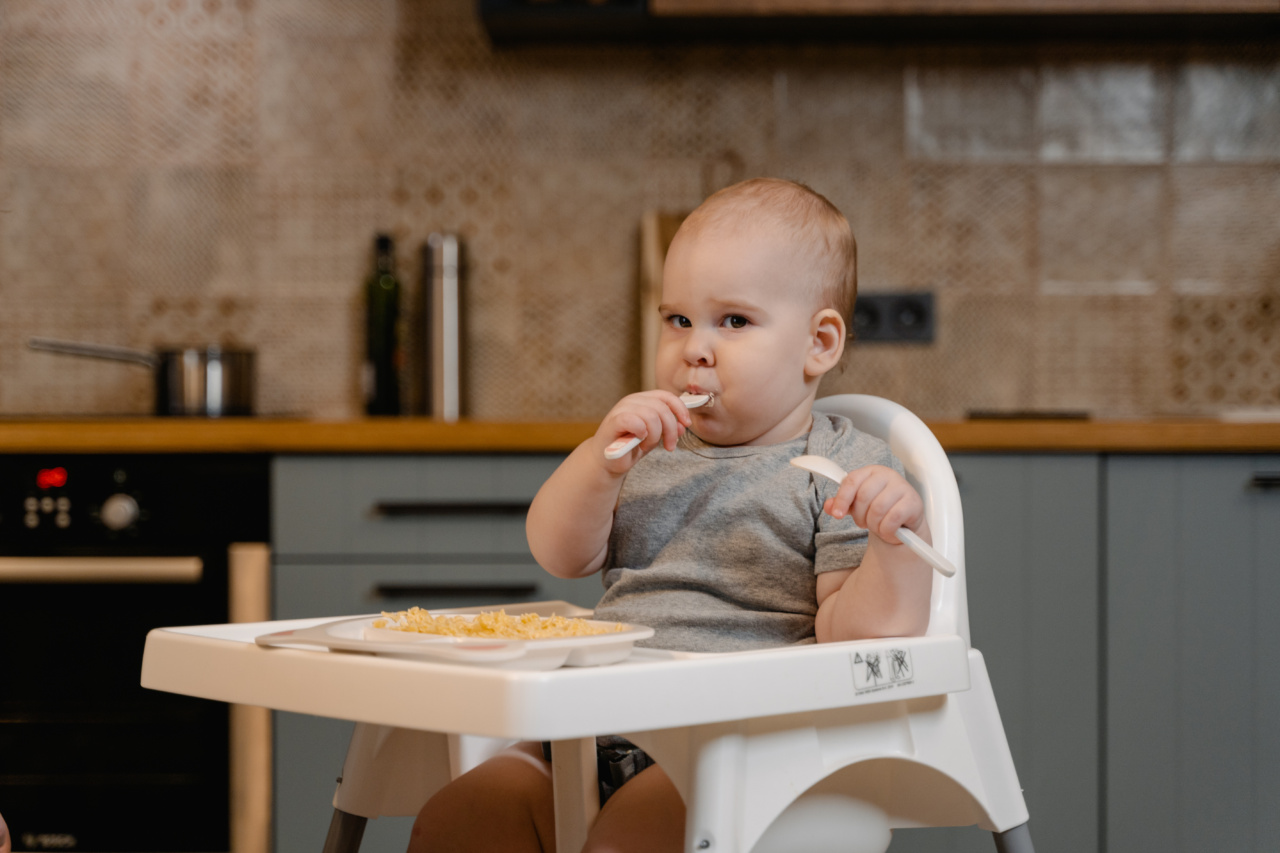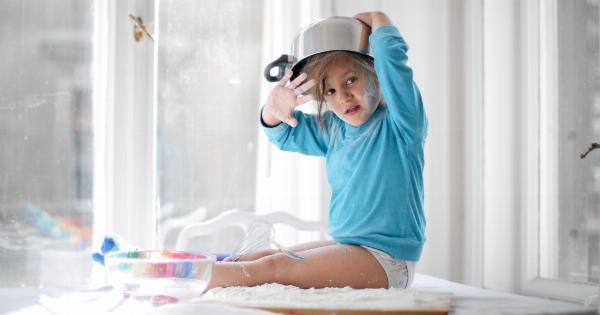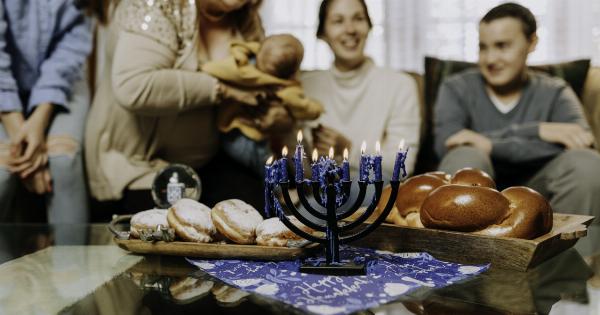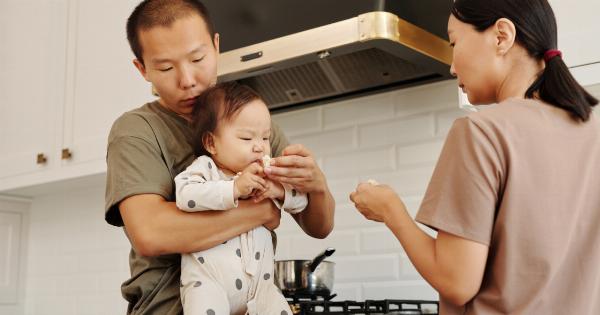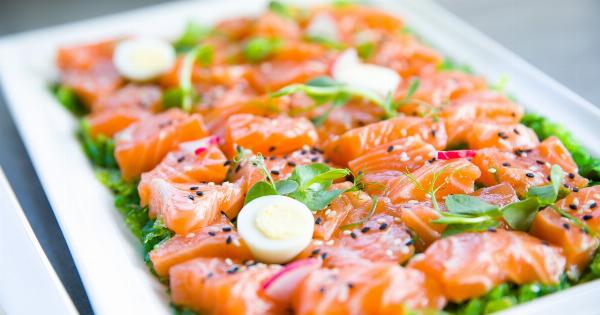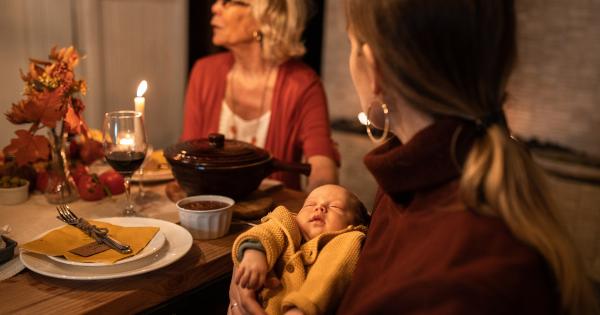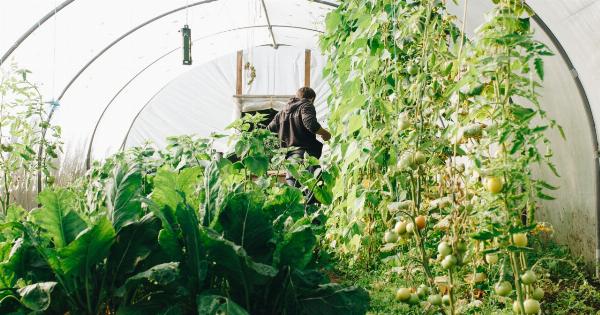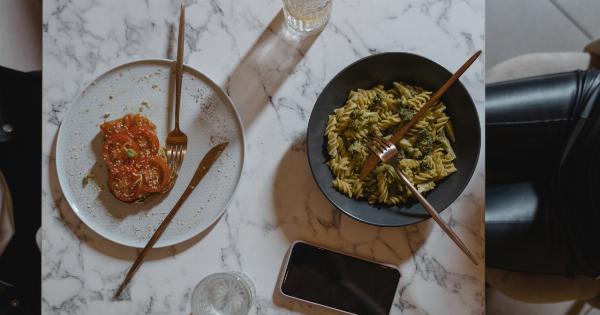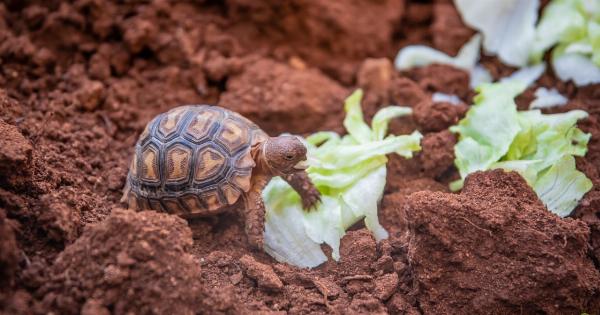Making homemade baby food is a wonderful way to ensure that your little one gets the best nutrition possible during their early stages of development. It allows you to have control over the ingredients, flavors, and textures that your baby consumes.
However, preparing baby food at home also comes with the responsibility of ensuring its safety. Here are some essential safety tips for making baby food at home:.
1. Wash Your Hands and Utensils
Before you begin the process of making baby food, always make sure to wash your hands thoroughly with soap and warm water. Additionally, clean all the utensils and equipment that you will be using during the preparation process.
2. Sanitize Surfaces
Keep your cooking surfaces clean and sanitized to minimize the risk of bacterial contamination. Regularly clean and disinfect your countertops, cutting boards, and any other surfaces that will come into contact with the baby food.
3. Choose Fresh and Organic Ingredients
When making baby food at home, it’s important to select fresh and organic ingredients whenever possible. This reduces the exposure to harmful pesticides and other chemicals that may be present in conventionally grown produce.
4. Cook Thoroughly
Proper cooking is crucial to eliminate bacteria and other harmful pathogens that may be present in certain foods. Make sure to cook meats, poultry, and fish to their recommended internal temperatures before pureeing them for baby food.
5. Avoid Allergenic Foods
When introducing solids to your baby, it’s important to be cautious of potential allergenic foods. Foods such as peanuts, tree nuts, eggs, fish, shellfish, soy, and wheat are common allergens.
It’s generally recommended to introduce these foods separately and one at a time to monitor for any adverse reactions.
6. Proper Storage
After preparing baby food, let it cool down completely before storing it. Always store baby food in clean, airtight containers or ice cube trays.
Label and date each container and use them within the recommended time frame to ensure freshness and minimize the risk of spoilage.
7. Avoid Added Sugar and Salt
Babies do not need added sugar or salt in their diets. Avoid adding these to the homemade baby food as it can lead to problems with their developing taste buds and kidneys.
Alternatively, you can enhance the flavor of baby food with natural herbs and spices.
8. Thawing and Reheating
If you have frozen baby food, make sure to thaw it properly before using. You can thaw the food overnight in the refrigerator or use the defrost setting on your microwave.
Always reheat baby food to an appropriate temperature and stir it well to ensure even heating.
9. Never Double Dip
When feeding your baby, avoid double dipping utensils back into the jar or the bowl of baby food. This can introduce bacteria from your baby’s mouth back into the container, leading to potential contamination.
10. Start with Simple Recipes
When you begin making baby food at home, start with simple recipes using single ingredients. This will help you monitor for any potential allergies or reactions.
As your baby grows older and develops a tolerance to different foods, you can gradually introduce more complex recipes.
